Krakow 2017-12-07
326 Section 2017-12-01
Boeing B.737 MAX 8
Polska
History.
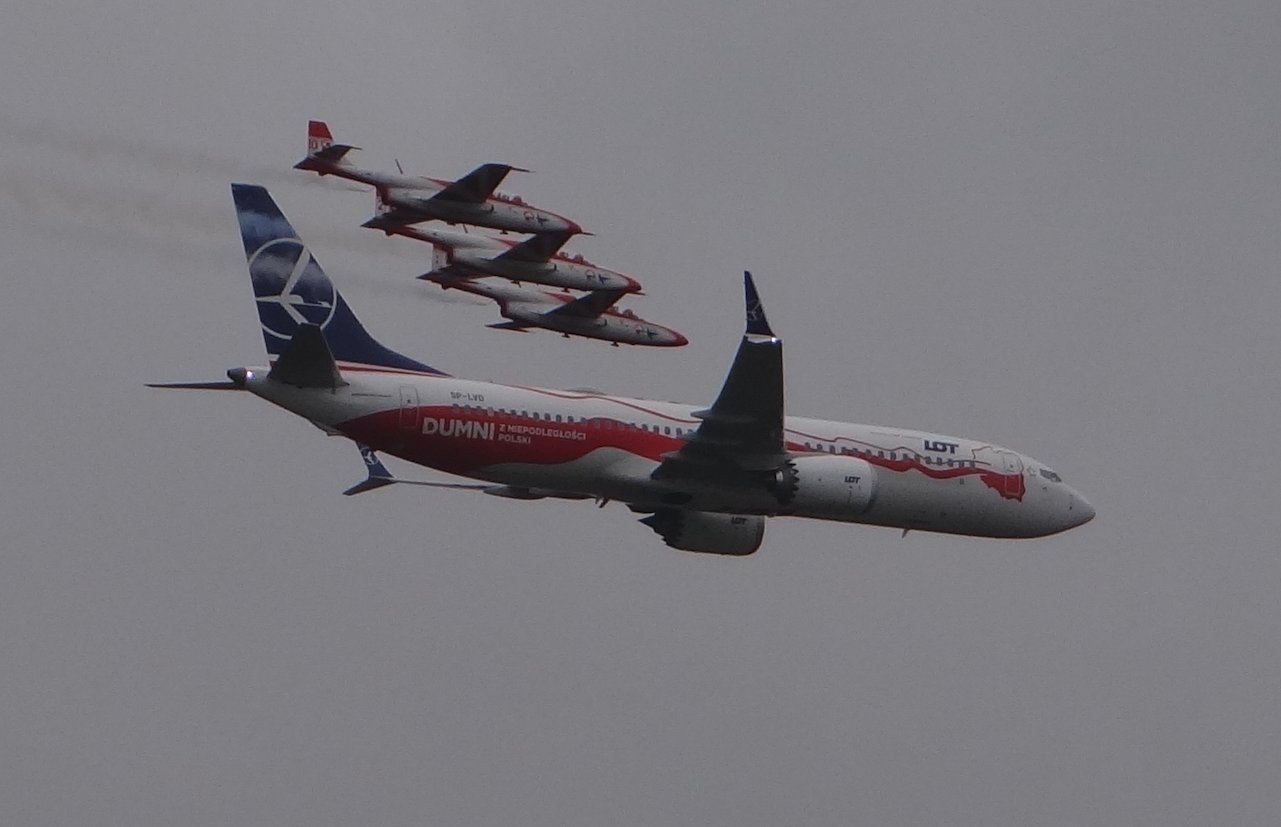
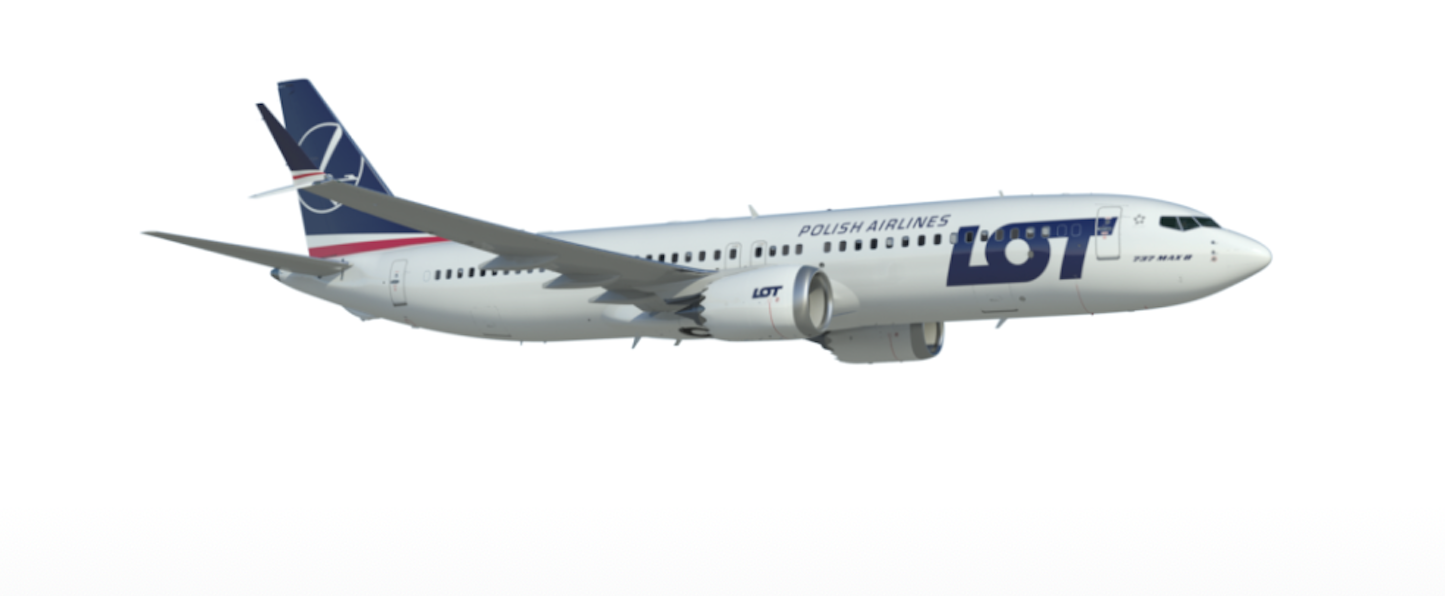
PLL LOT Company.
After years of liquidation of PLL LOT by the ruling Polish (Platforma Obywatelska, Polskie Stronnictwo Ludowe) our national carrier, after political changes, under the leadership of Mr. Rafał Milczarski regains its rightful position.
Mr. Rafał Milczarski was born in 1977. He graduated from the Faculty of Economics at the University of Cambridge. During his studies he did internships at UBS bank in Zurich and JP Morgan in London. He has rich, international experience in the transport industry. After graduation he worked in the maritime and railway logistics department of Foster Yeoman Limited from the UK. Mr. Rafał Milczarski co-founded the Baltic Railway, one of the first private rail freight carriers in Poland. In 2005, together with the industry investor Freightliner Group from the UK, he founded the company Freightliner PL, a freight railway carrier, which as the president and co-owner led from the beginning to a few percent share in the freight market in Poland. Mr. Rafał Milczarski is also the founder and former president of Freightliner DE, a German subsidiary of Freightliner PL and the Association of Independent Railway Carriers. Privately, she is married to Martyna and the father of Marysia, Jasia and Ignacy. He is interested in history and economy.
Mr. Rafał Milczarski from January 28, 2016 is the chairman of the management board of LOT Polish Airlines. Under his leadership, PLL LOT, from an ugly young girl who was wanted to get rid of, became a major company in the commercial air transport market. The company brings specific profits. A contract was signed with Hungary for flights from Budapest for Great Water (Atlantic Ocean) to Boeing B.787 Dreamliner aircraft.
A visible effect of the company's development is the acquisition of new, modern linear aircraft. In 2019, three new Boeing B.787 Dreamliners will go to LOT Polish Airlines.
In 2016, LOT Polish Airlines signed a contract for the supply of six Boeing B.737 MAX 8 aircraft. The first two were delivered in December 2017, three more in 2018, and the last in May 2019.
Until March 2019, the second B737 MAX disaster in Ethiopia and the suspension of use of these aircraft around the world, PLL LOT had 5 aircraft.
Boeing B-737 MAX program.
The Boeing B.737 MAX is the next modernized fourth variant of the iconic Boeing B.737. The previous series were former Boeing B.737 NG (Next Generation) aircraft. Among them, the most popular were Boeing B.737-800, whose production will end in 2020.
What distinguishes B.737 MAX 8 from the B.737 NG varieties are the new winglets at the wings' ends. They resemble the wings of birds that can overcome thousands of kilometers. The new winglets have a lower weight than the previous ones.
The main change in B.737 MAX 8, however, are the engines. They are engines of the same family, which has been used for years, but allow for fuel consumption lower by 15% in relation to the model B.737-800 NG. They emit 40% lower noise. They have lower CO2 emissions in the exhaust.
For passengers, the cabin received a new design. Boeing offers several patterns of upholstery on the seats. The cab lighting is also modeled on that of the B.787 aircraft.
B.737 MAX 8 in Poland are in a typical one-class system and have 186 seats.
The program of the new aircraft was launched on August 30, 2011. The Boeing B.737 MAX prototype made its first flight on January 29, 2016. The FAI certificate was granted on March 9, 2017. Deliveries to users began in May 2017. The catalog price is USD 90-125 million. The aircraft is offered in four lengths, 737 MAX 7, MAX 8 and MAX 9, replacing 737-700, -800 and -900, and further elongated MAX 10. Airplanes usually offer from 138 to 230 seats. Airplanes offer range from 5 954 km to 7 084 km (3 215 NM - 3 825 NM). From the moment the program was announced, the plane was ordered in the amount of 3,954 units (2011-2017). In 2017, the Boeing Company announced that it would increase the production rate of B.737 models from 42 units per month to 57 units per month.
The main contribution to the program was the development of new turbofan engines; CFM International LEAP and Pratt & Whitney PW1000G. These engines are more economical, quieter and emit fumes. A similar decision was made by the Airbus group starting the Airbus A.320neo program. In 2011, the Airbus group already had 667 orders for new aircraft. In mid-2011, American Airlines announced the order for 360 aircraft including 260 Airbus A.320 and possibly 100 B.737 NG aircraft with CFM LEAP engines. The preferential clauses functioning on the US market forced the Boeing Company to develop a new model. On August 30, 2011, the Board of Directors of the Boeing Company approved the B.737 MAX program. The basic model was to be more economical in operating costs than the new Airbus A.320neo by 4%.
The company resigned from the development of a completely new airframe. Only specific places have been modified. Aerodynamic tests went to the first fire. The shape of the tail cone was modified so that its flow was laminar. It was extended by 46 inches. The profile of the vertical tail has also been modified. The front part of the fuselage has been extended by 30 inches. New winglets have also been developed, which have become the distinctive feature of the aircraft. The cost of modifications amounted to only 10-15% of what you would have to pay to develop a new aircraft. On the occasion of the CEO of the Boeing Company, Jim McNerney revealed that the new aircraft will probably be built in 2030 and will be composite. It will probably be bigger.
The B.737 MAX has 14% less fuel consumption than B.737 NG. On August 13, 2015, the first B.737 MAX fuselage was assembled at Spirit Aerosystems in Wichita, Kansas. The aircraft's production from Renton took place on December 8, 2015. Four aircraft B.737 MAX 8 with numbers 1A001, 1A002, 1A003, 1A004 were used in the tests. The tests covered 2,000 flight hours.
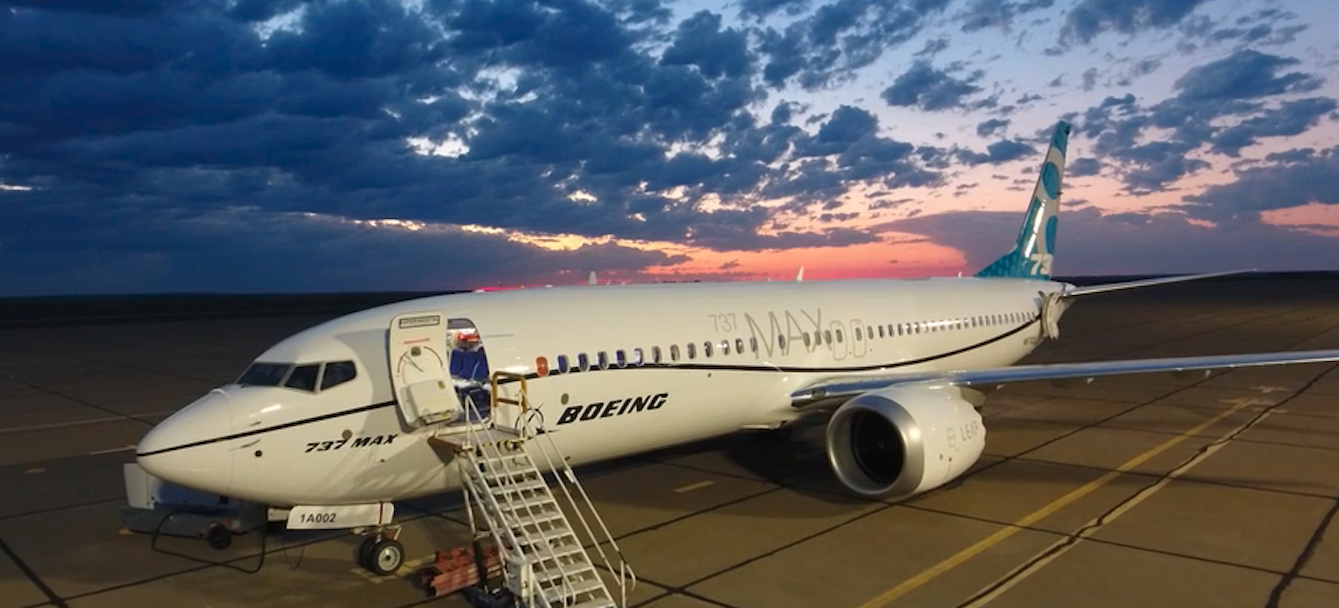
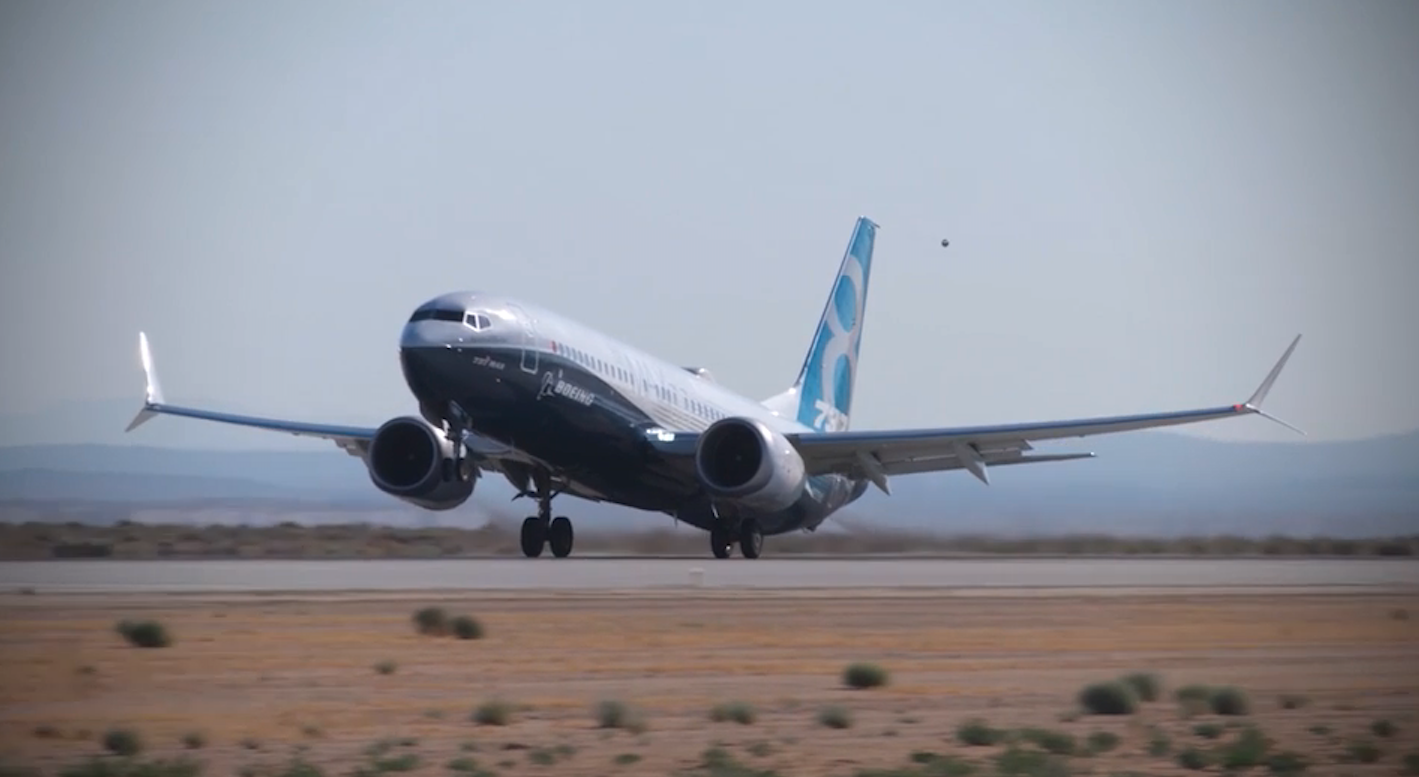
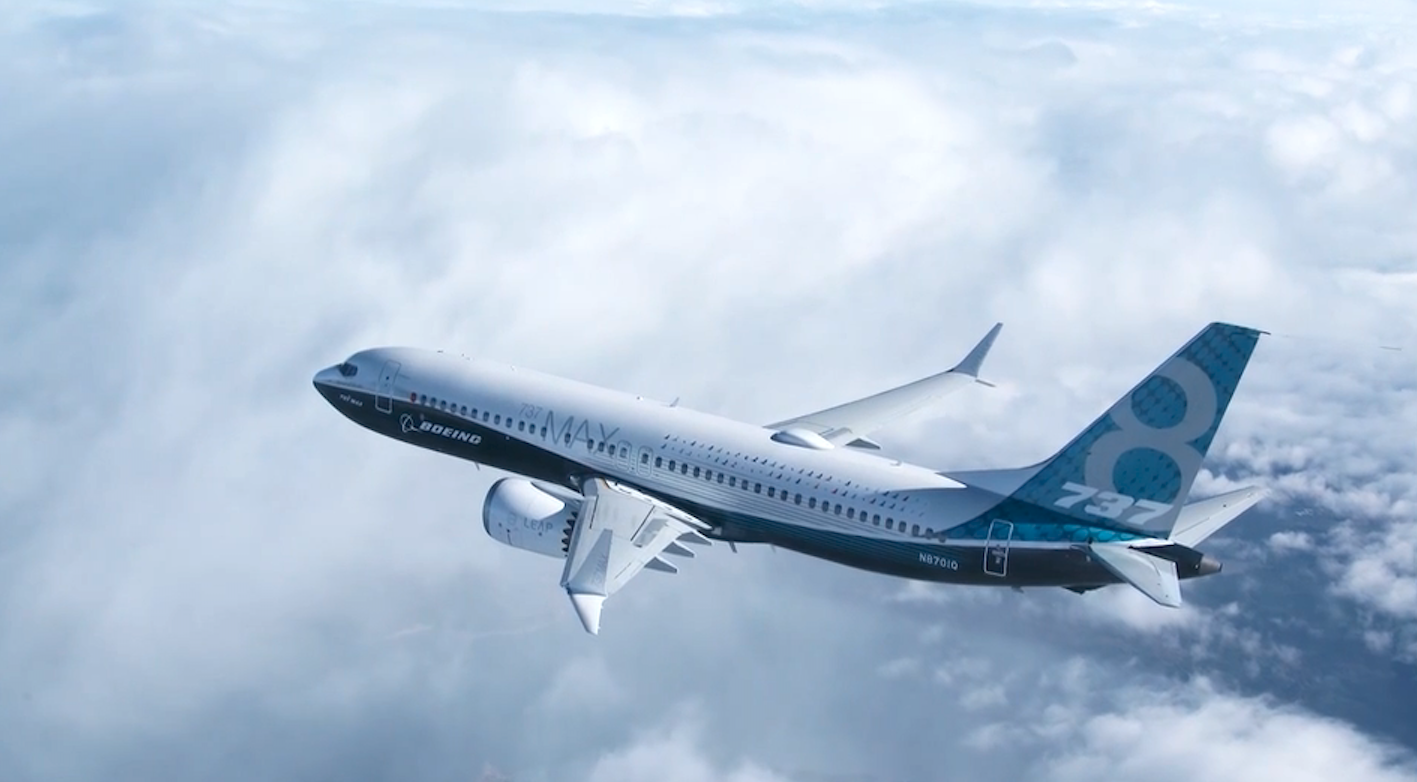
CFM International LEAP engine.
The CFM56-7B engine was modified. Fan changed. It has 18-blade carbon fiber instead of 24-blade titanium. Has a larger external flow; 9: 1 instead of 5: 1. It emits 40% less noise. The fan has a diameter of 68 inches (173 cm) and previously 66 inches (168 cm). After minor modifications, we managed to keep the distance of the gondola with the engine from the ground at the level of 0.43 m (17 inches). You need to know that the Airbus A.320neo has a fan of 2.00 m (78 inches). In 2013, Boeing decided on an even bigger 176 cm fan (69.4 inches), because the constructors extended the front landing gear of the plane by 8 inches (20 cm).
The engine is two-shaft. The low pressure shaft has a fan and 3-stage compression and a 3-stage turbine. The high pressure shaft has a 10-stage compressor and a 2-stage turbine. The overall compression ratio is 41: 1 compared to 28: 1 previously. The engine has a higher exhaust gas temperature before the turbine than before. The engine has a 15% lower fuel consumption in the propulsion system (TSFC), a 20% lower carbon dioxide emission, and a 50% lower emission of nitrogen oxides.
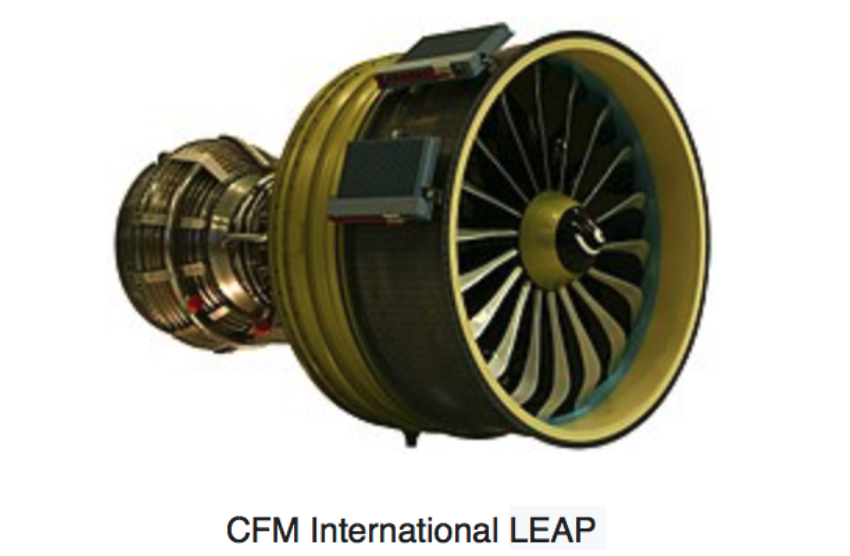
Equipment.
There were small changes in the cockpit of the crew. Rockwell Collins provides four 15.1 "(380 mm) LCD screens for Dreamliner 787. This improves the pilot's awareness of the situation during the flight. In addition, Boeing did not want to make significant changes, so that the aircraft control would be compatible with B.737 NG.
Versions.
B.737 MAX 7 - The smallest member of the family. Equivalent to B.737-700. Standard for up to 138 passengers. Range up to 7 130 km (3915 NM). So far, about 60 pieces have been ordered.
B.737 MAX 8 - Basic version. Equivalent to B.737-800. Range 6,510 km (3,515 NM). Cruising speed 0.78 Ma.
B.737 MAX 200 - variant B.737 MAX 8 for 200 passengers, with very thick seats. Ryanair ordered the planes.
B.737 8ERX - A version that combines wings and a chassis with MAX 9 with a fuselage MAX 8, for 150 passengers. The target is 7 400 km (4,000 NM), so it is possible to fly across the Atlantic.
B.737 MAX 9 - This is the model that replaces B.737-900. Certification took place in the spring of 2018.
B.737 MAX 10 - Because the B.737 MAX 9 won few orders, the Boeing Company proposed a plane with a bigger wing and stronger engines. In a one-class system, the aircraft is to take 226-232 passengers. Planned coverage 6 100 km (3 300 NM). The problem is that CFM LEAP-1B engines with 140 kN will be available in 2020. At the moment (2017), the program is frozen.
BBJ MAX 8 and BBJ MAX 9 - are planned versions of business jets, with a range of 11,714 km (6,325 NM) and 13,000 km (7,000 NM) respectively.
Boeing B.737 MAX 8 in Poland.
The first Boeing B.737 MAX 8 has received the SP-LVA registration, type code B38M, model 48AF00. The next aircraft will receive registrations SP-LVB, SP-LVC, SP-LVD, SP-LVE, SP-LVF.
On November 6, 2017 in Renton, the SP-LVA aircraft was painted in the colors of LOT Polish Airlines. The aircraft's flight took place on November 22, 2017.
The first LOT Polish Airlines Boeing B.737 MAX 8 SP-LVA flew to Poland on December 1, 2017, landing at Okęcie Airport. The flight was made on the Renton-Iceland-Warsaw route. The first plane was directed to service the Warsaw-London route. Another plane was sent on a route to Madrid. Airplanes serve mainly routes in Europe and routes to Kazakhstan and Israel.
New aircraft in LOT Polish Airlines resulted in the need to hire additional pilots and cabin crew. In 2020, pilots will be twice as many as in 2017. Currently (2017), LOT Polish Airlines has around 600 pilots. In 2025 there may be 1,500 of them.
In 2018, LOT Polish Airlines will have 51 aircraft: Boeing 787-8 Dreamliner - 8 aircraft , Boeing from the 737 family - 9 aircraft, Embraer 195 - 6 aircraft , Embraer 175 - 12 aircraft , Embraer 170 - 6 aircraft , Q400 Bombardier - 10 aircraft.
Written by Karol Placha Hetman
Krakow 2017-12-07
326 Section 2017-12-01
Boeing B.737 MAX 8
PLL LOT
Construction
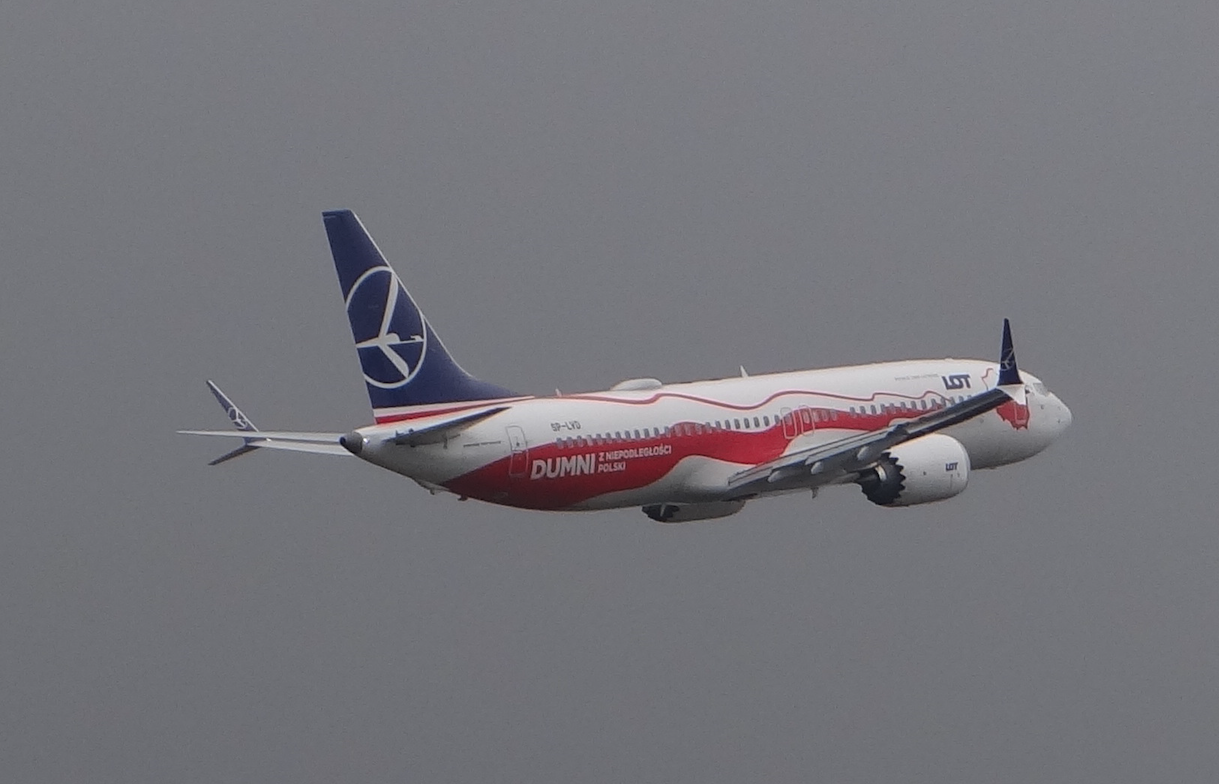
Boeing B.737 MAX 8 airplanes are operated in Poland at LOT Polish Airlines from December 1, 2017.
Boeing B.737 MAX 8 construction .
The Boeing 737 is a twin-engine turbojet communication plane, medium and long range. The airplane is built in a classic arrangement as a twin-engined low-wing aircraft.
Wings.
Wings with a metal structure, double-girded. Built in a fail safe system (safe in case of failure). Wing profile developed by Boeing. Slant of the wing is 25.02 degrees, rising 6 degrees, wedge angle 1 degree. The average profile thickness is 12.89%. The sash extension is 9.45. The string of the wing at the fuselage is 4.71 m and at the end 1.60 m. The darts are made of carbon composite. They are driven by two independent hydraulic systems with the possibility of switching to manual control. Three-slot flaps are also located at the trailing edge. They were made of composite and aluminum. The trailing edges are of the sandwich type. On the leading edge, from the fuselage to the engines, Kruger valves are placed. They were made of composites and aluminum alloys. On the leading edge, from the engines to the end of the wings are three-part gills (slots). They were made of composites and aluminum alloys. Both the Kruger flaps and the gill moves one hydraulic system. In addition, there is a spare hydraulic system. Before the rear flaps, spoilers (spoilers) are placed on the upper surface. They were also made of composites. They take part in the control and act as aerodynamic brakes. The leading edges of the wings and the air inlets to the engines are de-iced with hot air taken from the engine compressors. The ends of the wings were made of winglet composite in a new shape, which resembles the ends of the wings of birds flying over great distances. They arrange air streams and reduce aerodynamic drag, and as a result save about 7% of fuel.
Fuselage.
The fuselage of the half-shell structure. Made of aluminum alloys. Type of fail safe system (fail safe). The hull begins the cabin of the deposit. Until 1977, it was built in a three-seater system. Two pilots and a mechanic-deck engineer in the middle. From 1977 Boeing 737 was built with a double cab. It was found that the development of engine control devices and other systems is so large, and the level of their reliability has increased significantly, that it is possible to resign from the position of engineer-in-flight engineer. The two-person crew is standard until now. The B.737 MAX 8 cockpit has four larger screens borrowed from the B.787, a liquid crystal (LCD) size of 15.1 inches (380 mm). The rest remained unchanged.
Normal entrance to the cabin is provided by a door located in the left side. Front and rear. In the front, they are equipped with folding steps that extend from the container under the cab floor. You can equip the back door with the same steps. On the starboard side, viza vi, the door on the left, there is a slightly smaller door for servicing the aircraft. They also act as an escape door. Evacuation exits are additionally placed above the wings along with the windows. Total 4 pieces.
At B.737 MAX 8 passengers have larger cabin luggage containers at their disposal. For the B.737 MAX 8, the fuselage itself is not much different than the 737 NG 800 hull. It was extended 30 inches long and 46 inches in the tail. Everything to improve the aerodynamic flow. Width 3.76 m and height 4.01 m. The width of the passenger cabin 3.55 m and height 2.20 m. The luggage compartment space is 43.69 m3.
Tail-plane.
Classic shutdown, divided into rudders and ballasts. Double-beam ballasts. Heads made of carbon composite. Moved by a two-circuit hydraulic system. Emergency mechanical. Horizontal floating type (with variable wedging angle). Before the airplane is balanced. Width of the horizontal tail 12.70 m.
Chassis.
Three-link chassis with front assembly. All shaves with double wheels mounted on one axis. Front pulled forward into the fuselage, with two covers, main pulled into the wings and fuselage, with residual flaps. The wheels themselves are not covered by the flap. The tire itself is a kind of chamber seal. Hydraulic loading and unloading, emergency gravity. Oil and gas shock absorbers from Boeing. Multi-disc brakes from Bendix or Goodrich. Anti-slip system (ABS) type Hydro-Aire Mk.III. Low pressure main landing gear tires with dimensions; 40 x 14-16 or C 40 x 21 or H 40 x 14.5-19. Low pressure front undercarriage tires with dimensions; 24 x 7.7 or 24.5 x 8.5. Main chassis spacing 5.23 m, chassis base 14.30 m. Main pneumatics 24 x 14.4-19,9, front 27 x 7.75.
At the recipient's request, an airport landing kit with an unpaved surface is installed. It consists of; vortex displacers preventing foreign bodies sucking in by the engines, skid mounted on the front chassis protecting the hull from pebbles, covers between the wheels of the main chassis protecting the hydraulic system, and covers for hydraulic installations in the chassis chamber, (all covers made of glass laminate), special paint based on Teflon for painting the underside of the wings and the bottom of the fuselage.
Engines B.737 MAX 8.
Two engine turbo CFM 56 engines; CFM International LEAP-1B, within 119-130 kN. They are characterized by a high degree of double-flow. Less noise and less harmful substances in the exhaust. CFM International LEAP-1B with a duration of 2 x 121,00 kN. The two-flow ratio is 9: 1. Engine weight 2 370 kg.
Fuel installation.
The plane holds all the fuel in the wings and the center wing. Fuel refueling port is located at the leading edge of the right wing. Refueling takes place at 1 135 liters per minute. It is possible to mount additional fuel tanks in the luggage compartment near the centroplane.
Equipment.
Two independent plumbing installations. The third hydraulic installation is emergency and supplies sensitive systems. The pressure in the hydraulic system is 2.07 kPa.
The electrical installation is supplied by 3 3-phase alternating current generators. Two generators drive the motors and are placed in the engine nacelles. The third one is moved by the APU unit and is placed in the tail of the aircraft. The third one is launched first and works while the aircraft is at the airport. This installation of the Garrett APU turbine starts the main engines.
The aircraft has no pneumatic installation.
Data T-T B.737 MAX 8 (ICAO Type B38M) :
Spread with winglets 35.92 m (117 ft 10 in)
Length 39.47 m (129 ft 6 in)
Height 12.30 m (40 ft 4 in)
Wing area 127.58 m² (1,370 ft²)
Fuselage height 3.53 m (11 ft 7 in)
Fuselage width 3.76 m (12 ft 4 in)
Baggage area 43.69 m3
Weight 45 070 kg
Total weight 79 010 kg
Weight loss 82 191 kg
Landing mass 69 309 kg
Fuel weight 21 320 kg
Fuel consumption 6,820 US gal (25,817 liters, 5,725 gal)
Speed max 876 km / h
Cruising speed 839 km / h
Cruising speed Mach 0.78 (511 mph, 823 km / h)
Mach max speed 0.82 (544 mph, 876 km / h)
Landing speed 270 km / h
Range 6,510 km (3,515 NM)
Ceiling 12,496.80 m (41,000 ft)
Written by Karol Placha Hetman
Kraków 2017-12-07
326 Section 2017-12-01
Boeing B.737 MAX 8
Poland
Tally
LOT Polish Airlines has six B-737 MAX 8 aircraft. The first Boeing B.737 MAX 8 aircraft received SP-LVA registration, type code B38M, model 48AF00. The next planes will receive SP-LVB, SP-LVC, SP-LVD, SP-LVE, SP-LVF registrations.
Enter Air has two B-737 MAX 8 planes. More are ordered.
Written by Karol Placha Hetman
